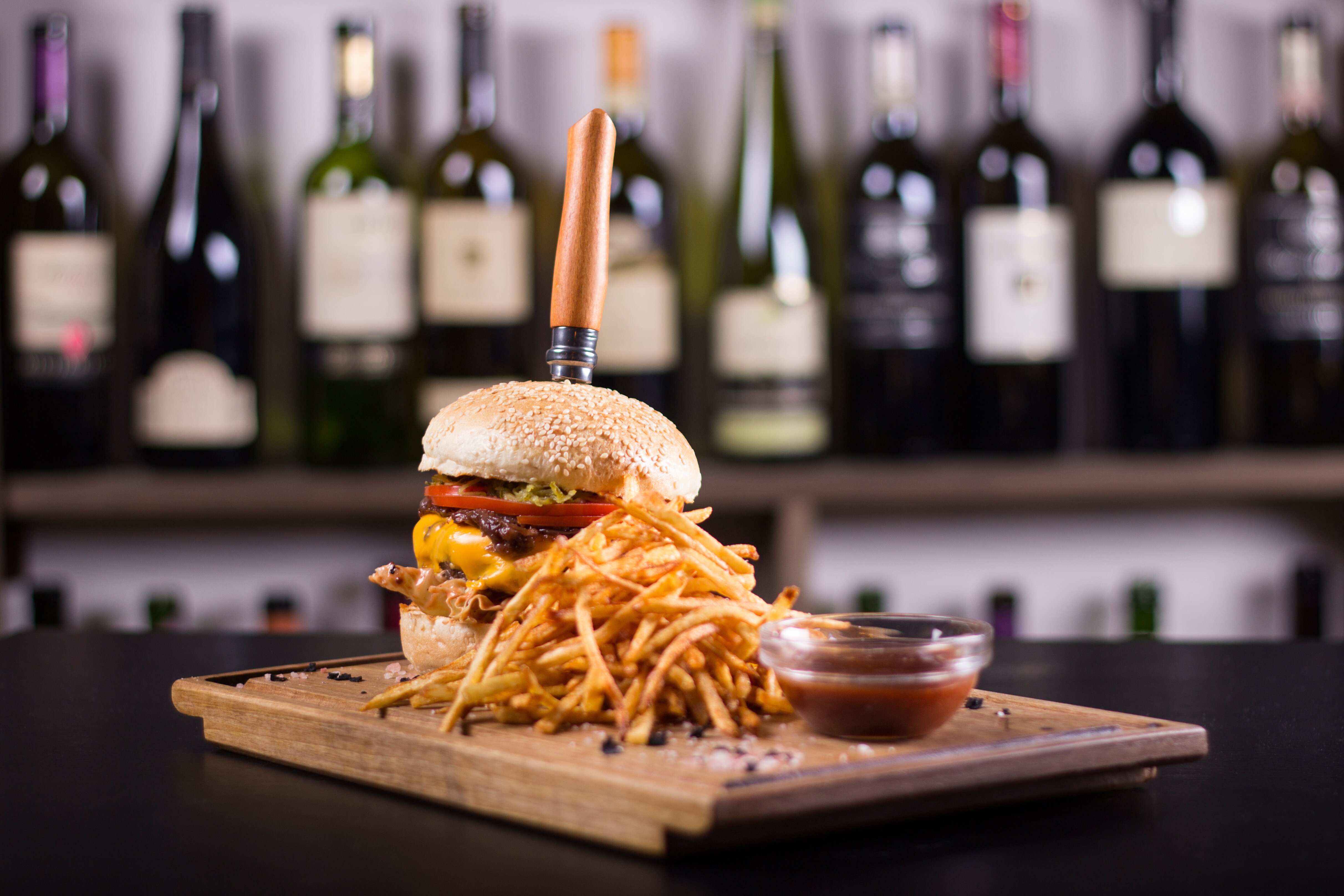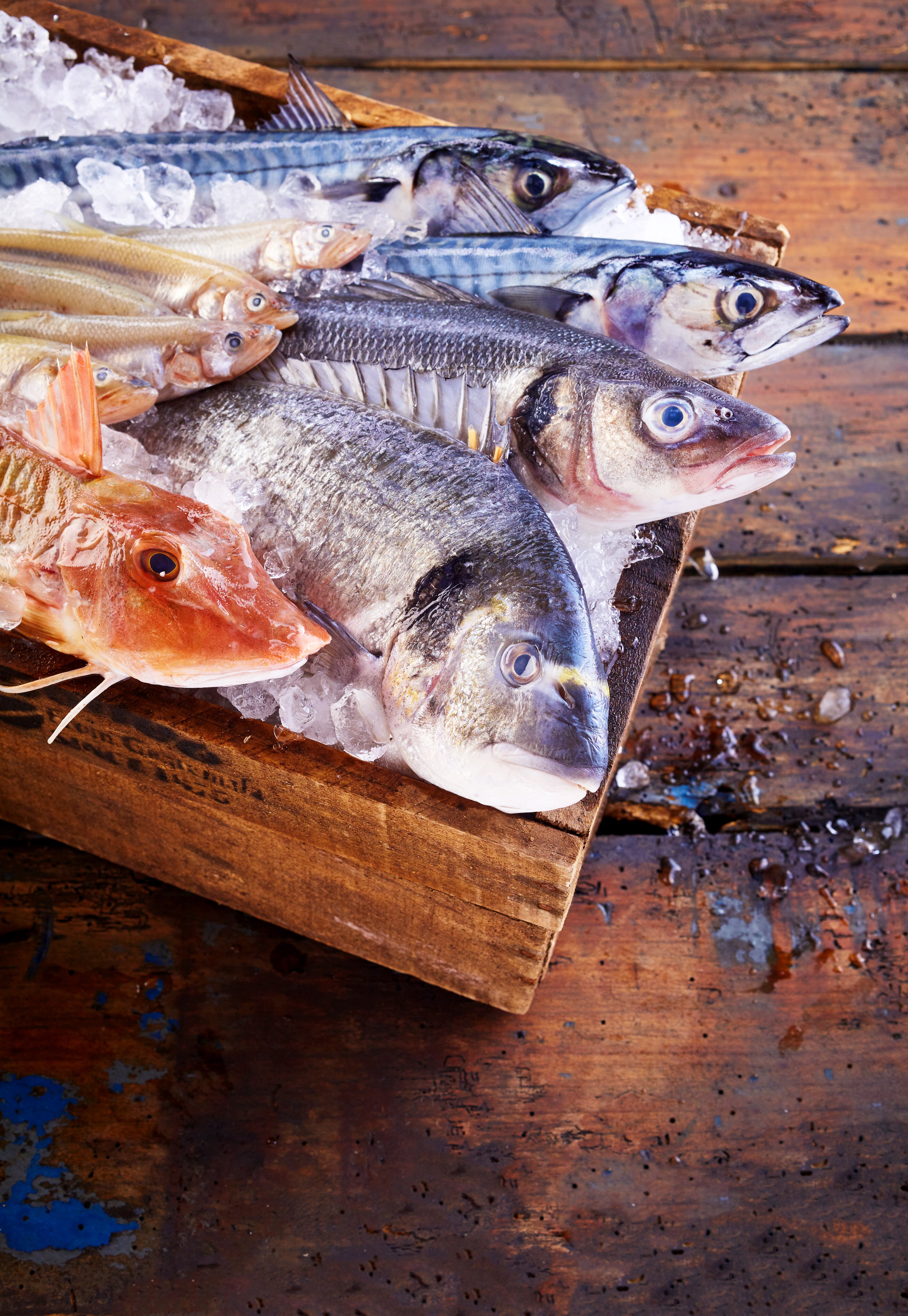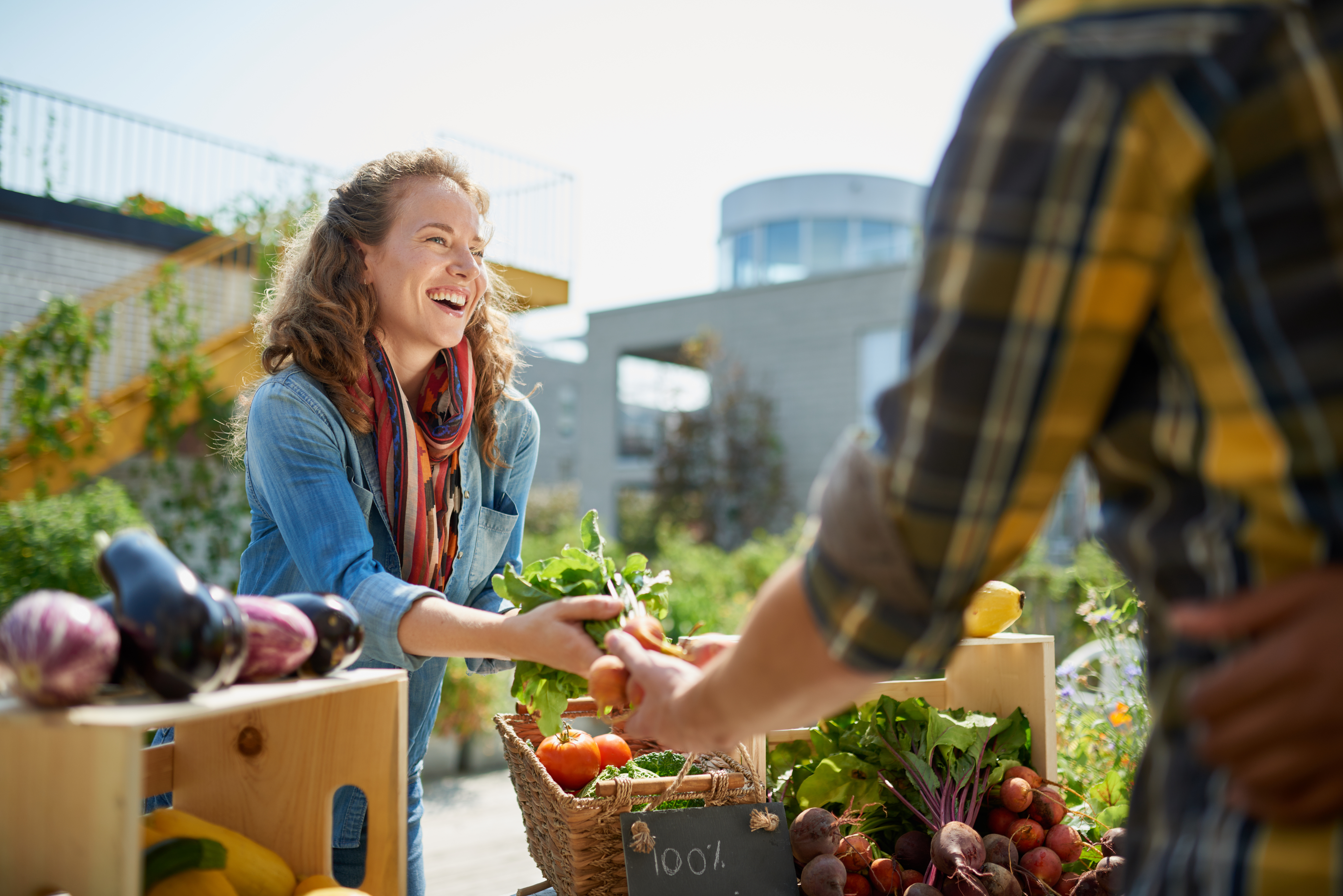10 ways to make your business more sustainable
When it comes to embarking on your sustainability journey, it can be daunting knowing where to start. David Harris reveals the 10 steps that will have the biggest impact on the planet – and your profits
There are as many ways to make your business more sustainable as there are ways to cook vegetables. But where should you start? What actions are going to have the most impact? How precisely will each of those things make your operation a greener one? And which ones will save, rather than cost, you money? There is plenty of advice to be had, particularly from organisations that have been set up expressly to address operators’ challenges of wanting to be more sustainable while also ensuring financial stability. We spoke to several such organisations, including the Carbon Trust, waste experts WRAP, the Sustainable Restaurant Association (SRA), sustainability non-profit Forum for the Future and the United Nations’ World Food Programme to see what practical measures they would advise operators to put in their top 10.
The good news is that putting these measures in place has more benefits than merely giving you a feeling of doing the right thing, although it certainly can do that. It is also a way of making many of your customers happier – because more and more of them want to support businesses that share their values.
You can add the fact that many of these measures – such as throwing away less food – not only make the world a greener place, but cut costs. You will quickly see that sustainability not only helps the planet, but your profits, too. In short, making your business more sustainable does not have to be a miserable march up a hill of moral imperatives. You can simultaneously occupy the moral high ground and run a successful business. Who could possibly object to that?
#####1 Measure your carbon footprint
This will be the basis of a lot of the other things you can then do. Your carbon footprint is essentially whatever your business does that increases the amount of carbon dioxide released into the atmosphere. You can measure your footprint in various ways. The size of your gas and electricity bills is a good place to start; the bigger they are the bigger your carbon footprint is likely to be.
You should also talk to your suppliers and try to estimate their carbon footprint. As Dominic Burbridge, associate director at the Carbon Trust, says: “It’s the old adage – what gets measured gets managed.”
#####2 Cut your food waste
Just as reducing power usage can save you money as well as make you greener, so it is with food waste. Throwing food away is not only environmentally unfriendly, but it costs you money. As legendary chef Albert Roux said: “Food waste is the enemy of a chef. It eats into profits and undermines a good menu, and the success of a restaurant.”
Geraldine Gilbert, principal strategist at Forum for the Future, is equally blunt, saying, “It is better to run out than order too much”. Eleanor Morris, spokesperson for WRAP and its food waste campaign Guardians of Grub, points to the million tonnes of food thrown away uneaten every year by the UK hospitality sector and says that three-quarters of this – 750,000 tonnes – could have been eaten by paying customers. This is not just environmentally inadvisable, but it’s bad for your profits, too.
#####3 Think about your portion sizes
An obvious way to reduce waste is to cut portions, or at least give guests the option of smaller servings. WRAP points to the Ship Inn, near Barrow-in-Furness, Cumbria, which cut plate waste by 67% when it started to offer smaller portions. The inn had worked out that it was throwing away 2.8 tonnes of food a year, from a mixture of spoilage, preparation waste and plate waste. All three have been cut. And if you can manage any changes well – by giving customers a choice – you will find that you keep your guests happier too.

#####4 Take a slice off the meat
Nearly all sustainability experts suggest serving less meat and more vegetables. The SRA is among those that points to the “massive impact on the environment” from meat production. Research carried out at Columbia University in the US suggests that livestock is responsible for 14.5% of man-made greenhouse gas emissions. This is mainly – not to put too fine a point on it – from flatulent sheep and cows. It is also healthier for humans to eat a higher proportion of vegetables in their diet, another incidence of what Burbridge describes as “the intersection of healthy choices and low carbon living”.
Gilbert simply points out the now widely accepted truth that we should “only eat meat occasionally and in smaller quantities”. Again, healthy and environmentally friendly choices are likely to be something that you can sell to your customers as well as your conscience.
Even some of the biggest food operators are taking notice, with the World Resources Institute (WRI) highlighting Burger King’s announcement last year that it is to offer the plant-based Impossible Whopper at all of its US restaurants. The WRI also notes that on this side of the Atlantic, even Greggs is now offering vegan and meat sausage rolls for both its takeaway and eat-in customers.
The Chef’s Manifesto, produced by the United Nations’ Sustainable Development Goal 2 (SDG2) Advocacy Hub, which aims to end hunger, improve nutrition and promote sustainable agriculture, suggests “flipping the plate”, putting vegetables, grains, beans and pulses at the centre, with animal protein as a garnish.
#####5 Source seafood well
Buying the right fish is another widespread suggestion from conservationists. If we all eat fish from stocks under threat then before long there won’t be any left. The SRA suggests that an easy way for caterers to do the right thing is to follow the Marine Conservation Society’s Good Fish Guide and try to avoid using any fish rated “4” or “5”, the lowest two sustainability ratings. An SRA spokesman says: “Remove those from the menu, promote the new more sustainable options and you are on to a winner.”
Among those to do just this, says the SRA, is Yo!, which has gone from a menu where 60% of the seafood is sustainable to 100% “in a matter of months”.

#####6 Engage your staff
A good way to make sure any business operates more sustainably is to encourage staff to support changes that are made. For example, it’s not easy to cut back on meat in a menu without the support of the chefs. And it might be hard for chefs trained in a tradition of meat-eating to adapt to a menu with less meat on it.
Hilton recognised this in 2018 when it launched a cookery programme with training provider Vegetarian Express. The hotel group worked closely with the WRI in developing its approach to sustainability. The SRA also encourages engaging with staff, arguing that not only will this inspire the team, but that “an engaged team means lower staff turnover”.
#####7 Tell your customers what you are doing
When you introduce more sustainable practices, tell your customers about it. The SRA advises businesses to develop a social media strategy to help with this, but warns to “be careful not to greenwash and be honest and transparent about the things you are not doing”.
Don’t be afraid to talk about food waste, either. WRAP suggests that you let customers know that you care about what food you are serving and that you want to give them the best, but without waste.
Food Standards Agency research indicates that 51% of consumers care about food waste, which WRAP points out is more than those who are concerned about sugar and animal welfare.

#####8 Talk to your suppliers
Make sure you speak to suppliers in detail about what they are supplying you with. Even better, visit the suppliers to see how they work. The SRA says that there is “no better way to enthuse staff about the produce they are sourcing and serving than taking them to meet the people growing or rearing it”. Suppliers like it too, and it will help generate content for your website and social media.
#####9 Recycle
One of the oldest sustainability strategies remains one of the most straightforward. But attack the problem from both ends. Don’t just try to recycle everything that you buy, try to make sure that what you buy can be recycled. If you are getting plastic packaging that cannot be recycled, ask your supplier if it has to be like this. And think of recycling in its broadest sense. If you do have food that you won’t be using, try coming to an understanding with your local food bank or local charities.

#####10 Buy local as much as you can
If you want to be greener, transport miles matter. The shorter the journey that any of your supplies have to make from where they are produced to where you are, the greener they will be. For food, it is likely to be fresher and taste better because it is often sold within 24 hours of being picked. It’s also easier to be sure of where your food is coming from if you buy it locally, plus it is a good selling point for your menu – customers like locally bought food.




















